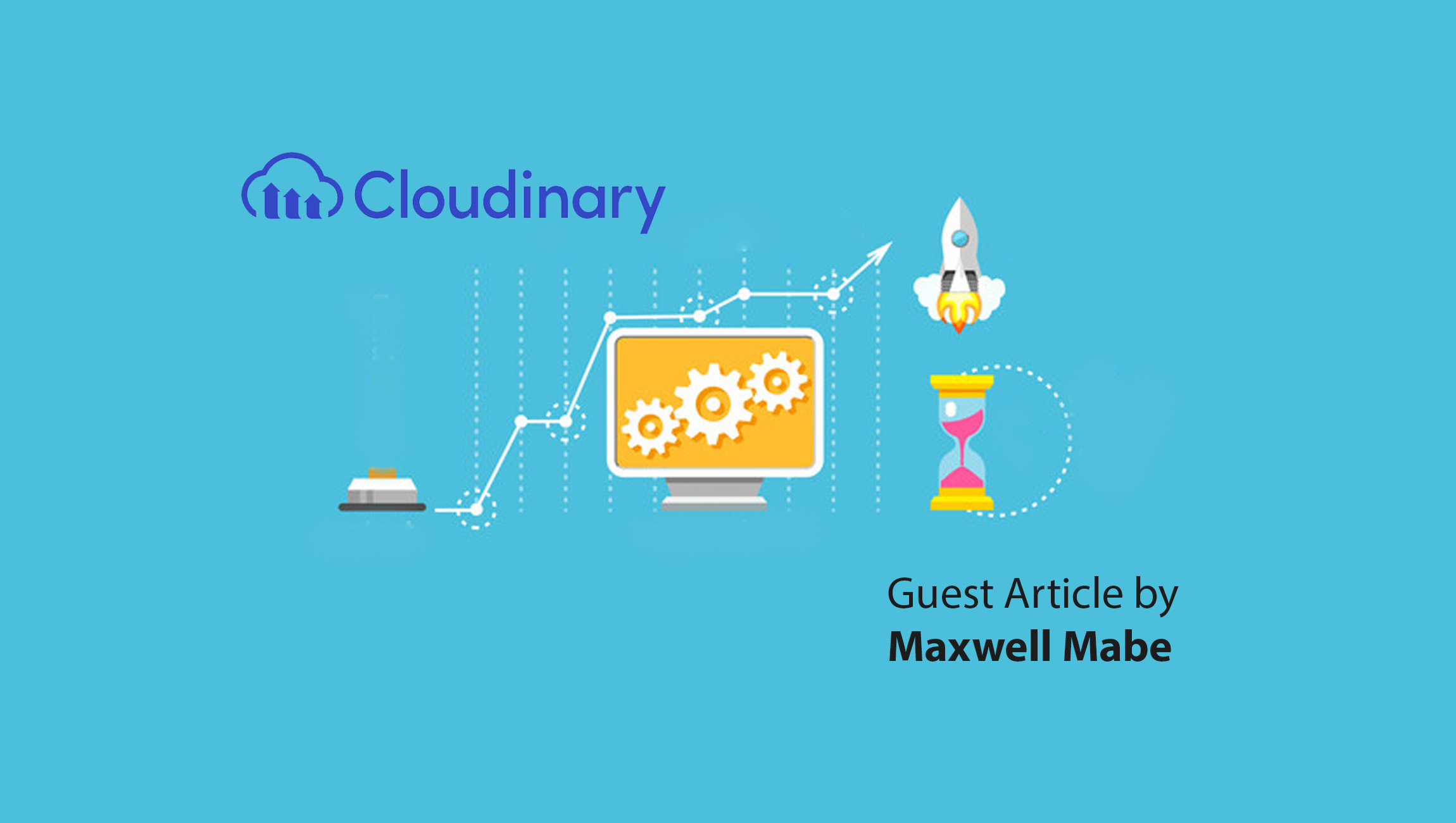New consumer behaviors emerge every day, meaning e-commerce marketers are constantly adjusting their strategies to keep up. For example, as visual media becomes more influential in the shopping journey, marketers must refresh and enrich product gallery experiences with fresh images, video, and 3D content. To keep up with customer expectations, brands must be able to integrate new features and capabilities quickly and efficiently. This can only be accomplished by making it easier to access and leverage every asset across every platform.
Unfortunately, this is easier said than done. Monolithic, legacy ‘solutions’ – particularly Content Management Systems (CMS) – are rigid and create friction. They make it very difficult, if not impossible, for marketing teams to seamlessly make these changes. That’s because storing, organizing and delivering optimized visual assets in different formats in real-time with these platforms is complex and slow.
The inability to respond to new trends in a timely manner has huge implications – including potentially losing customers as they bounce to other sites for a better visual experience, and the long-term brand damage from providing an underwhelming experience.
The good news: the arrival of headless architecture means it doesn’t have to be this way.
Getting a Grip on Modern Websites
There’s a distinct problem with the current model: when building a brand and developing a website, many teams find themselves relying on multiple CMS’s. It’s not uncommon for some brands to manage each major content category—blogs, customer support, email campaigns, and Search Engine Marketing (SEM)—through a different CMS.
At the scale required to support most businesses, this is hugely inefficient. The siloed nature of operating this way often means there are multiple versions of media assets in different places. This not only confuses those responsible for managing these systems but takes up a lot of valuable time with guesswork as users try to determine which page is the most up-to-date version. In turn, this causes a domino effect as outdated logos or images with outdated messages make up the site’s digital experience.
Marketing Technology News: SocialPayMe Launches First NFT Marketplace On Blockchain For Influencers, Brands, and Followers
Taking a Headless Approach
Leading e-commerce brands are overcoming this by taking advantage of headless architecture. Headless architecture decouples the front-end user interface from the back end so enterprises can leverage best-of-breed solutions as API-connected microservices.
A non-technical analogy is buying a pre-made cake the baker thinks everyone should like, or buying the ingredients that you desire and baking the perfect cake for your group’s exact tastes.
A modern, headless approach is similar in the way it gives the user more flexibility and control. By hand-picking the back-end apps as desired, users are free to customize the final product which is ultimately delivered to customers. This model transforms the impact of a development team by allowing them to implement new integrations and features quickly without disrupting the customer experience – and in fact improving it.
As brands strive to keep up with new consumer behaviors, headless systems influence e-commerce strategies in several ways: :
- Accelerating Agility and Time to Market: With a headless architecture, companies adapt to new consumer trends faster by easily replacing and upgrading parts of their martech infrastructure that are no longer relevant
- Upgrade Software-as-a-Service (SaaS) to the next level: Giving brands access to all the best-in-class SaaS capabilities with no need for internal management of siloed applications built on different platforms. This helps e-commerce brands gain unrivaled flexibility in incorporating capabilities that standard platforms don’t offer.
- Supercharge Augmenting Personalization: While a headless system by itself doesn’t necessarily deliver personalization it does add the ability to easily include a delivery layer that incorporates personalization as opposed to being tied to any one particular delivery mechanism.
- Showcase Multi-channel Storytelling with Headless Systems: Whether at an API layer, UI layer or via integrated widgets with a headless system more developers and marketers are able to interact directly with the backend. This functional flexibility gives rise to additional ways in which brands enable more compelling visual storytelling across different channels.
Improving Efficiency with a Modern Headless DAM
One of the most promising applications for a headless architecture comes in the form of modern digital asset management (DAM) platforms. In contrast to traditional DAMs, these systems aren’t simply designed to store and manage visual media assets in isolation.
Instead, they’re purpose-built to both provide best-in-class capabilities and usability, while also integrating with other critical systems, such as the CMS, through an embedded or customized UI, or with API calls. By replacing the internal CMS media library and acting as a central hub for team access and collaboration, the entire organization has access to a single source of truth. This not only eliminates confusion and problems with finding or using the right asset, modern headless DAMs also have their own content delivery network (CDN) which provides optimum flexibility in modifying asset components.
Technology limitations are often the difference between a sale and a lost customer. A tech stack should not restrict a brand from jumping on new trends and trying new things. A monolithic CMS should not get in the way of a brand’s ability to create and deliver incredible visual experiences with rich media. A traditional DAM with limited integration to other key business systems should not be in the way and restrict a company from moving with urgency.
By adopting a headless architecture, brands enjoy best-of-breed capabilities without disrupting any of their operations. While it may require more hands-on management than an all-in-one SaaS platform, this approach provides more flexibility, efficiency, and, above all, the delivery of a robust and engaging experience for a growing visual-first audience.
Marketing Technology News: MarTech Interview with Chris Savio, Director of Product Marketing at GoTo











